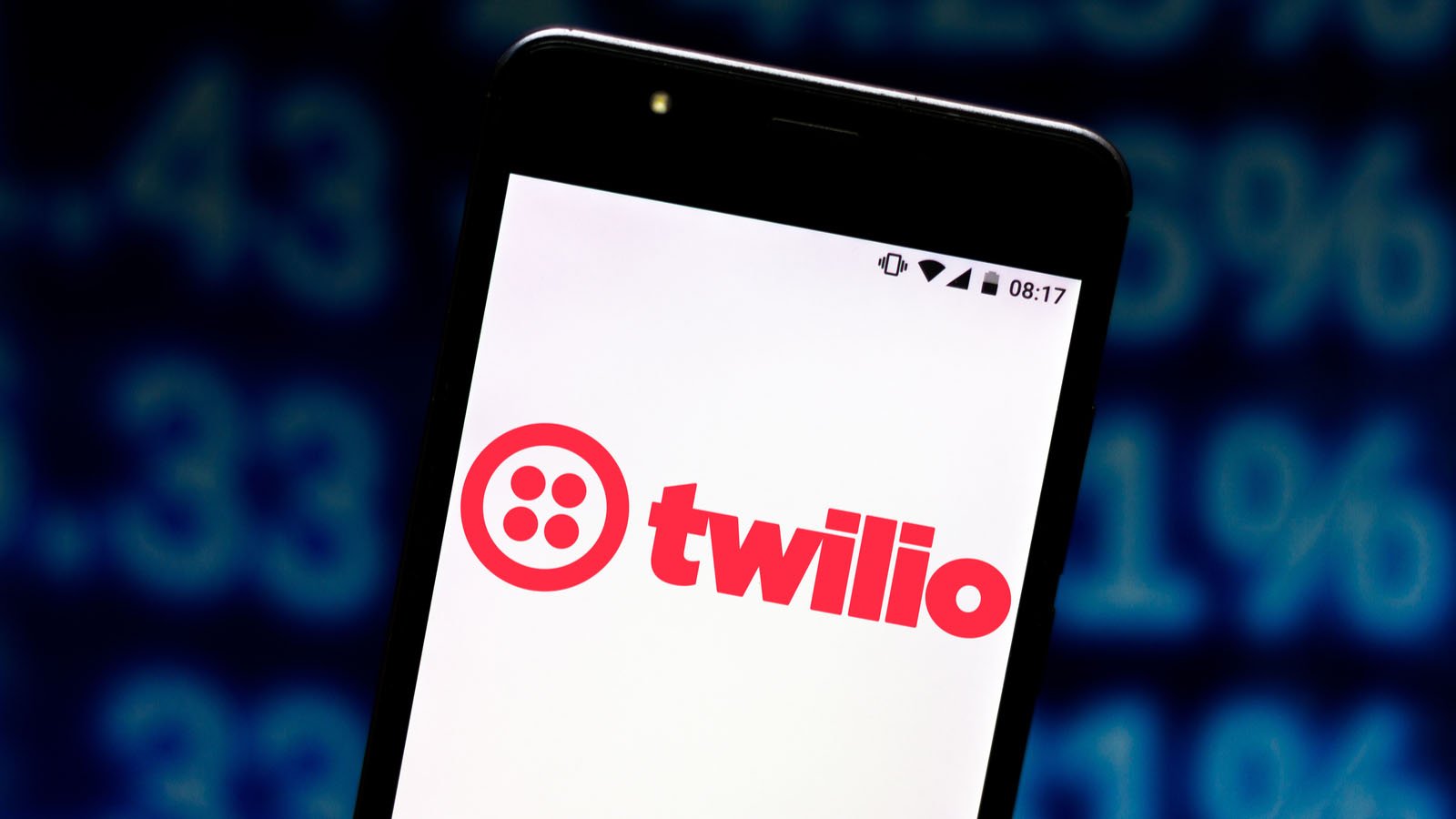Twilio (NYSE:TWLO) announced its third-quarter results on Oct. 30. While top- and bottom-line results beat analysts’ average estimates, investors didn’t like the company’s Q4 guidance. They sent Twilio stock below $100 for the first time since early January.
In the process, I got egg all over my face.
That’s because I wrote a piece on Oct. 28 suggesting that investors interested in TWLO stock may want to buy the shares before the company’s earnings were out to benefit from a post-earnings pop.
That “pop” never happened.
Despite the positive earnings surprise and the 75% year-over-year increase in its sales, investors chose to focus on the Q4 outlook, which was a little weaker than most analysts had expected.
It wasn’t the revenue guidance that caused Twilio stock to fall more than 12% on the news. Instead, it was the EPS outlook of 1 cent -2 cents, excluding some items, versus analysts’ average outlook of 7 cents that got investors’ shorts in a knot.
And I get it. Investors have become focused on companies’ pathways to profitability. Anything that gets in the way of that path is going to create trouble for stocks. Twilio stock isn’t any different.
Recently, another InvestorPlace columnist, Luke Lango, for the second time in two months, urged investors to get ready to buy Twilio stock at $90
That suggestion has me wondering if Twilio is worth $90 or more than that.
Why Twilio Stock May Be Worth Only $90 Per Share
Lango, the other columnist, wasn’t suggesting TWLO stock was only worth $90; he said it was worth buying at $90. There’s a big difference.
I believe in Twilio’s business model and by extension, I’m a fan of TWLO stock.
However, the fact that Twilio stock traded as high as $151 in late July and now is having trouble moving above $100 tells me that there is a significant group of investors who believe $90-$100 is a ceiling for Twilio stock now.
InvestorPlace writer Josh Enomoto recently discussed some of the company’s fundamental weaknesses. Its most significant problem is the $2 billion that it paid for SendGrid. The deal gave the Twilio platform the email integration it sorely lacked, but it also raised investors’ expectations.
According to Enomoto, “With TWLO, you must separate the technology from the investment thesis. While SendGrid fills a technological gap, it creates one from an investment perspective. Thus, management must deliver outstanding – preferably astounding – growth to justify the SendGrid premium.”
“What we saw in Q3 was an ‘okay’ earnings report. But when you’re taking big risks, you need big results. That didn’t happen, which is why TWLO stock has a credibility challenge.”
Enomoto goes on to remind InvestorPlace readers that Twilio’s customers include Uber (NYSE:UBER) and Lyft (NASDAQ:LYFT) and other money-losing companies that also could see their credibility questioned over the next few months into 2020.
In other words, money-losing tech stocks could be in a downward trend for some time, making the near-term outlook of Twilio stock, at best, “cautiously bullish.”
Why Twilio Stock May Be Worth More Than $90 Per Share
When I suggested investors consider buying Twilio stock before TWLO’s earnings, I felt a price in the $100s was warranted for TWLO stock. While the Q3 report does raise questions, it’s important to recognize that the company is still going to generate more than $1.1 billion of revenue in 2019, with a minimal loss of $5 million.
The fact that its revenue jumped 75% year-over-year in Q3 suggests Twilio’s platform still has a great deal of traction with companies that are looking to provide seamless communication for their customers.
TWLO still has a pathway to profitability. It’s just got to continue to execute in 2020.
Lango emphasized Twilio’s tremendous opportunity:
“This company finds itself at the epicenter of a huge shift towards text-based B2C communication. As this mega-trend plays out over the next several years, Twilio’s customer base and revenues will march significantly higher.”
I couldn’t agree more.
In October, I stated that I liked how Twilio was building its business, including its expensive acquisition of SendGrid. Furthermore, I felt it would generate a profit before too long. The Q3 results haven’t shaken this belief.
I think its Q3 results (and its Q4 guidance) were business as usual. Investors chose to make a mountain out of a molehill, so TWLO stock is struggling to gain ground. In the life of most public companies, occasional slumps are not unusual.
When it comes to TWLO stock, I see the glass as half full. At this time next year, we’ll find out if I was right to believe that Twilio stock is worth more than $90.
At the time of this writing Will Ashworth did not hold a position in any of the aforementioned securities.
